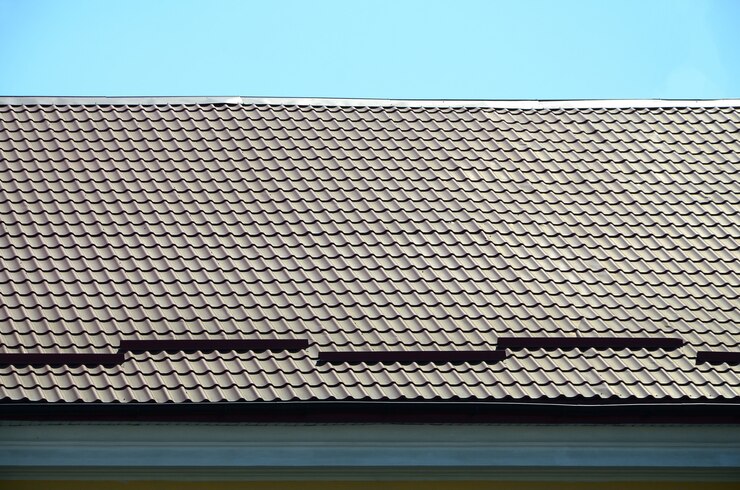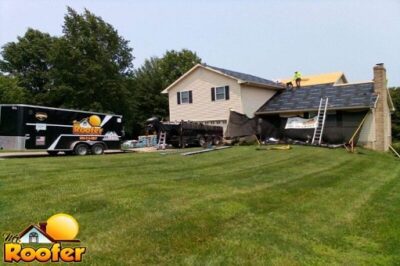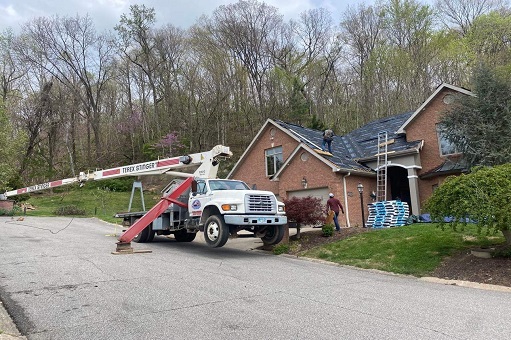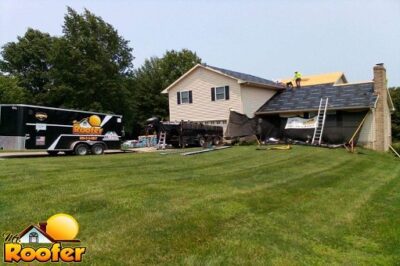In an era where sustainability and renewable energy sources are at the forefront of our global consciousness, maximizing solar power has become a paramount goal for homeowners and businesses. One of the key factors in achieving this goal is the condition of your roof.
Your roof protects your home from the elements and plays a crucial role in harnessing the sun’s power. Here we will explore how roof repair and replacement can significantly enhance your solar energy system’s efficiency and longevity, ultimately helping you make the most of this clean, renewable energy source.
So, let’s embark on this journey toward a more eco-friendly and energy-efficient future by exploring the synergy between your roof and solar power system.
When Do I Need To Replace My Roof With Solar Panels?
Whether you need to replace your roof with solar panels depends on the current condition of your roof and several other factors. Here are some considerations:
1. Roof Condition
If your roof is in good condition with several years of life left (typically ten years or more), you may not need to replace it immediately for solar panels. Solar panels can be installed on a well-maintained roof.
2. Roof Material
Different roofing materials have varying lifespans. Asphalt shingles typically last 20-30 years, while metal roofs can last 50 years or more. If your roof is nearing the end of its lifespan, replace it before installing solar panels to avoid future removal and reinstallation costs.
3. Roof Load-Bearing Capacity
Solar panels add weight to your roof. You should have a structural assessment to ensure your roof can support the added load. If your roof is weak or damaged, a replacement might be necessary.
4. Roof Orientation and Angle
The orientation and angle of your roof also impact solar panel efficiency. If your roof doesn’t have an ideal orientation or angle for solar energy generation, you might consider a solar panel mounting system to optimize sunlight exposure.
5. Budget
Replacing a roof can be a significant expense. Consider your budget and weigh roof replacement and solar panel installation costs and benefits. In some cases, it might make financial sense to do both simultaneously.
6. Local Regulations
Check local regulations and building codes. Some areas may require a roof replacement if you plan to install solar panels to ensure the structural integrity of the installation.
FAQs: Roof Repair Service with Solar Panels
Solar panels work by converting sunlight into electricity through a process called photovoltaics. Solar cells within the panels absorb photons from sunlight, generating an electrical current.
Solar panels work by converting sunlight into electricity through a process called photovoltaics. Solar cells within the panels absorb photons from sunlight, generating an electrical current.
Solar energy is clean, and renewable, and reduces greenhouse gas emissions. It can lower electricity bills, increase energy independence, and provide a reliable power source.
Solar panels typically have a lifespan of 25 to 30 years or more. Their efficiency may decrease slightly over time, but they continue to generate electricity for decades.
Yes, you can install solar panels on an existing roof. However, it’s important to assess the condition of your roof to ensure it can support the panels for the long term.
It’s generally recommended to repair or replace your roof before installing solar panels. This ensures a solid and leak-free foundation for your solar system.
Solar panels typically have a lifespan of 25-30 years or more. Ensure your roof has a similar lifespan to avoid removing and reinstalling panels prematurely.
Opt for durable roofing materials like asphalt shingles, metal, or tile that can support the weight of solar panels and resist weathering.
Yes, you can choose solar-friendly roofing designs that accommodate panels efficiently. Discuss this with your solar installer and roofing contractor.
Shading can significantly reduce solar panel efficiency. Trim or remove nearby trees or obstructions to maximize sunlight exposure.
Cool or reflective roofing can help reduce your cooling costs, but it’s important to balance this with the need for optimal solar exposure.
Combining both projects can be cost-effective, as you can potentially save on labor and equipment costs. Obtain quotes from reputable contractors.
Depending on your roof’s condition, it may require reinforcement to support the added weight of solar panels. A structural assessment is advisable.
Check with your local authorities for permits and regulations related to solar panel installations and roof work in your area.
Explore financing options like solar loans, leasing, or power purchase agreements to make the combined project more affordable.
Installing solar panels may impact your insurance. Inform your insurance provider to adjust your coverage accordingly.








0 Comments